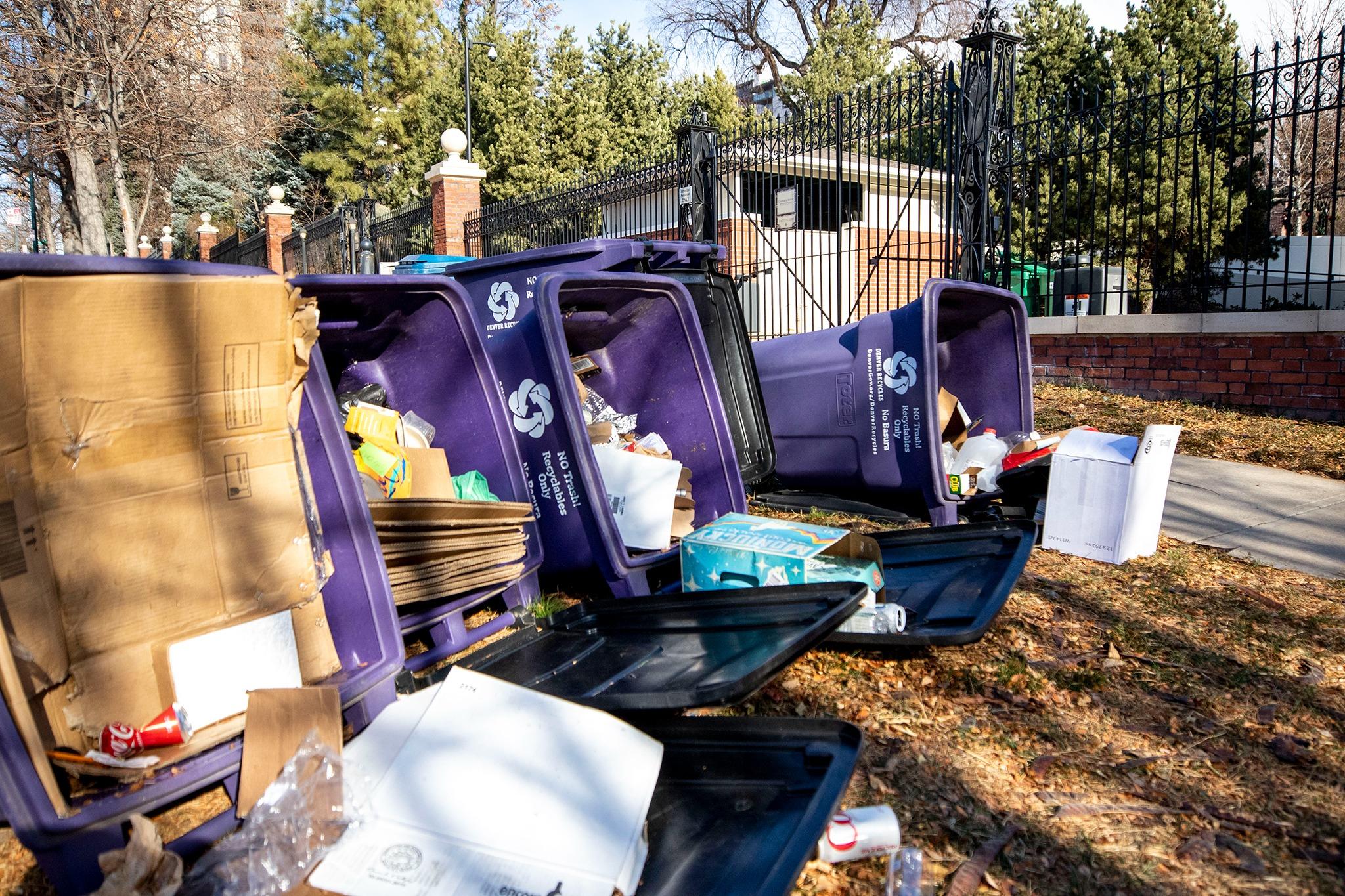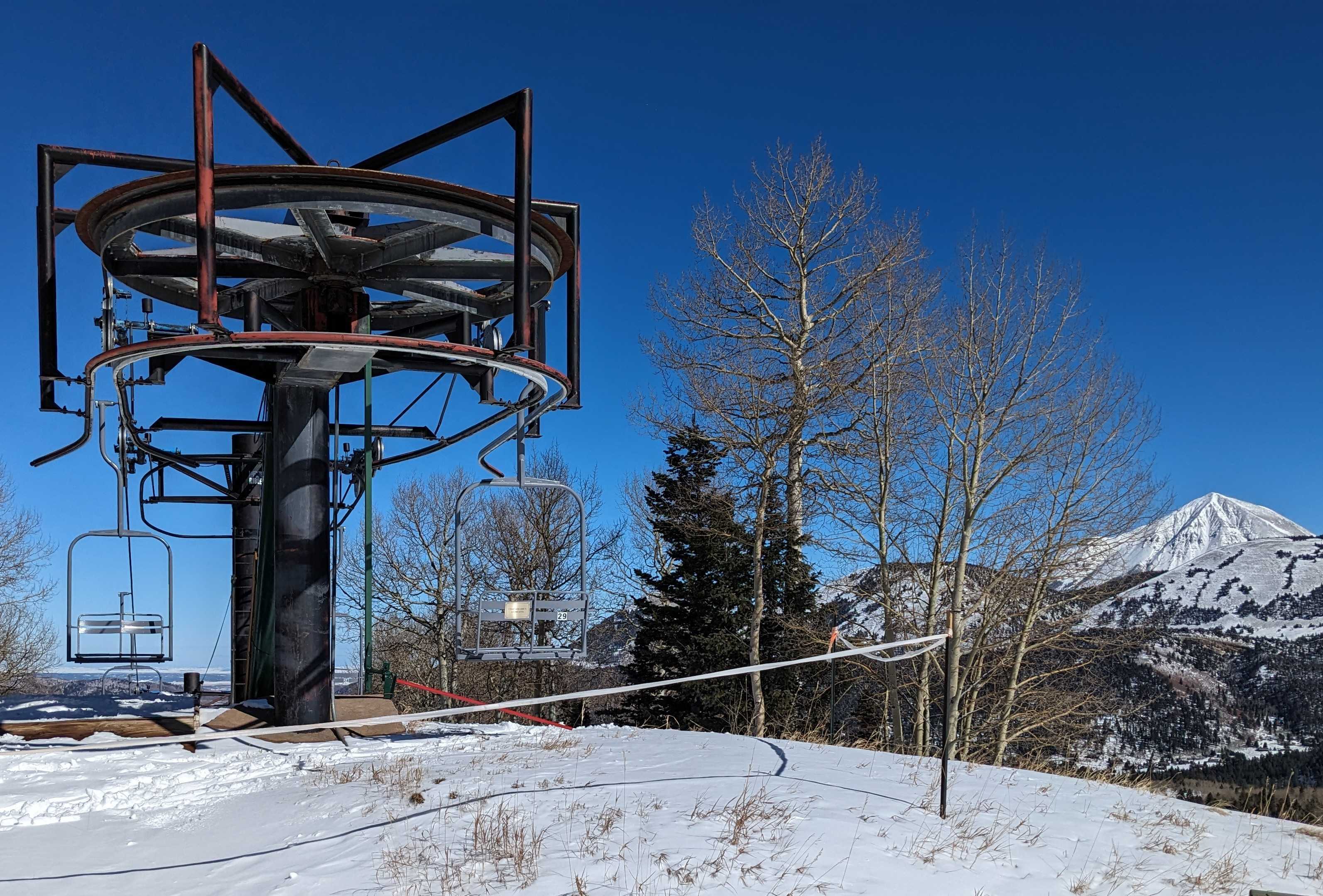
Wild coffee is slowly dying off.
The culprits? Climate change, deforestation and development have thrust 60 percent of wild coffee species to the precipice of extinction, some within the next 10 or 20 years. The journal Science Advances published the damage this month.
The two coffee varieties cultivated for consumption — robusta and arabica — are not at the same level of risk but may still feel the pinch.
"In the future, arabica coffee is threatened itself from climate change," said Sarada Krishnan, the Denver Botanic Gardens horticulture director and coffee expert. "Arabica is very limited in where it can grow. So with climate change, as regions where they’re growing get warmer, there is no other place for them to grow."
When that time comes, breeding new, hybrid coffee species from arabica and a wild variety could become essential. For example, a West African coffee species has a higher genetic drought tolerance, and a Madagascan variety is naturally caffeine-free.
"So to adapt to climate change, we need to look for genes from other wild species," Krishnan said.
Preserving threatened coffee species is made more difficult by the fact that coffee seeds cannot be frozen in a seed bank. They lose their viability in less than a year, Krishnan said.
The one proven way to conserve wild coffees is a gene bank, a massive botanic garden for just one variety of plant. Krishnan said new methods are in the pipeline, including cryopreservation, where a piece of seed or plant tissue is frozen in liquid nitrogen. The USDA National Laboratory in Fort Collins is testing out the technique.









